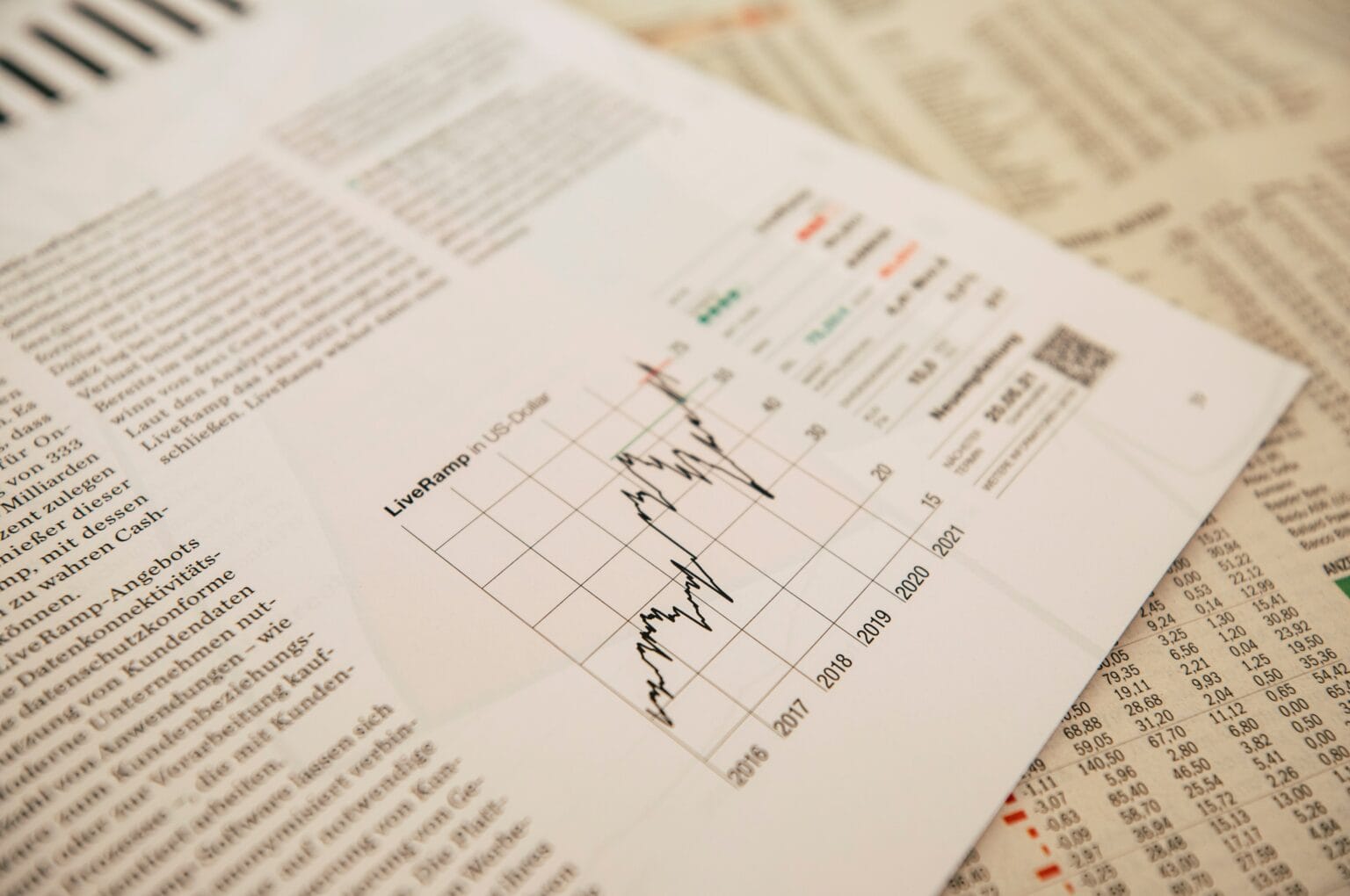When interest rates go up, it can be both good and bad for your finances.
Interest rates have gone up at a rate we haven’t seen since the late 1970s in the last year. Even for avid market watchers, this fact should cut through the noise and signal we’re in a historic new era of high rates.
Not only is it interesting to know how we got here, but it’s also important for planning how (and where) to move your money to protect it from the risks of high rates and take advantage of higher annual percentage yields. Here are two things you can do right now to make the most of this time, as well as a description of how we got here and where we might be going.
Move your savings to an account with a high yield.
The best high-yield savings accounts right now have interest rates of more than 4%. “Savings are now worth a lot,” says Elliot Eisenberg, chief economist at the economic consulting firm GraphsandLaughs. “If you have savings, don’t leave them where they used to be, in a checking account that gives you nothing in return.” Instead, make sure your savings give you a good return.
UFB Direct has the UFB Best Savings account, which currently has a 4.21% APR and no monthly fees or minimum balance requirements.
With a Varo Savings Account, you can earn up to 5% on balances up to $5,000 and 3% on balances above that. To get the higher 5% rate for a month, you must get direct deposits of $1,000 or more and keep a positive balance in both your Varo Bank Account and Varo Savings Account.
Reduce your high-interest debt.
When savings account rates go up, the cost of borrowing money also goes up.
As APRs on credit cards get closer to 20%, you may be able to save more if you pay off high-interest debt first. Eisenberg says that it might also make sense to “borrow other money to pay off more expensive money.” But borrowing money comes with a cost that keeps going up as interest rates do.
A debt consolidation loan can help you combine multiple debts into a single, easier-to-manage loan with (hopefully) less interest than what you were paying on all of your other debts. Just make sure that the fees you pay up front for your consolidation loan don’t cancel out any savings you might get.
Balance transfer credit cards let you move debt from multiple cards to one with a 0% APR period. This can be a good way to handle expensive debt. If you choose this option, make sure you can pay off the debt before the 0% APR period ends, because you’ll have to pay interest after that.

How to think about the high rates we have today
The fact that inflation got so bad is the main reason why rates are so high right now. For the first time in 40 years, the consumer price index went over 9% in 2022.
Eisenberg says that in response, the Fed started raising rates quickly because they were behind the times. “They missed the boat, and inflation got out of hand.”
Rising rates can slow down inflation because they make it more expensive to borrow money and should make people spend less. Because of this, many economists think that there will be a recession in 2023, but this is still not a sure thing.
Eisenberg says that even if the U.S. economy doesn’t go into a recession, it will still grow more slowly in the future. “We won’t have a lot of growth if the U.S. economy doesn’t go into a recession; it will still grow more slowly in the future.” “We won’t have a lot of growth in 23.” Not a chance. “It’s not possible, because the high rates will hurt,” says Eisenberg.
Still, Eisenberg doesn’t think you should change your life plans in a big way. This economic downturn isn’t expected to be as bad as the one that happened after the financial crisis in late 2007 and early 2008. “Don’t think about the last recession all the time,” he says. “This is a regular recession, not that.”
How do the rates of today compare to those of the past?
For anyone who turned 18 in the 21st century, interest rates today are the highest they’ve ever been. For example, mortgage rates went over 7% last fall, which was the first time in over 20 years that they were that high.
Interest rates are not set by a single person or group, but the benchmark Federal Funds Rate from the Federal Reserve has a big effect on rates in general. The goal for the federal funds rate is now between 4.5 and 4.75 percent. This is the highest it has been in over 15 years. And the Fed has said that it won’t stop raising rates, even though it has slowed down the rate of increases.
Even though rates are much higher now than they were a year ago, they are still in line with what has happened in the past. During the 1970s and 1980s, the Fed’s benchmark rate often went above 10%, and mortgage rates reached the teens.
Bottom line
Rates today are mostly at levels we haven’t seen in about 20 years. That means there are both chances and problems.
The amount you can earn from a high-yield savings account, money market account, or CD has gone up to over 4%. This is good news for savers and people who want to save more. But if you have high-interest debt or need to borrow money to buy a house or car, your big purchase has gotten a lot more expensive in the past year.
